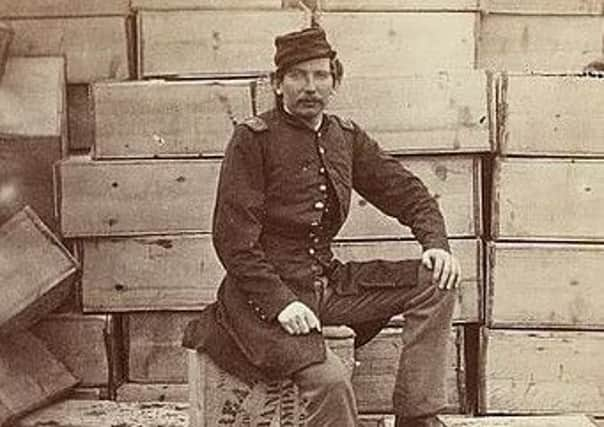Bakery Bulletin by Philippa Kelly: Dog biscuits, molar breakers and tooth dullers


If that name doesn’t scream at you then I’m not sure we can be friends anymore.
You should be remembering a slap around the face with a Nazi’s leather gloves, the sensation of “walking on fortune cookie”, and a dinner of fresh chilled monkey brains. Indiana Jones, people, Indiana Jones. Henry Jones Junior is Indy’s real name. Bonus points for knowing that the Jones family dog was called Indiana.
Advertisement
Hide AdAdvertisement
Hide AdThe Henry Jones that reared his Victorian head during my research was far less awe-inspiring than his namesake.
This Henry Jones was from Bristol and invented self-raising flour. That could make an interesting story, but not today. Whilst note-taking for a miniature history of Henry Jones and his self-raising flour,
I noticed that had the Royal Navy taken notes as thoroughly as me, they could have used Jones’ flour to improve hardtack. Upon reading this, I was left wondering what hardtack is and hoped that it was more interesting than a Bristolian baker. Luckily for me, fortune favours the socially inept.
Hardtack or hard tack is a biscuit made from flour and water. It wasn’t meant to be delicious or desirable, it was merely sustenance for weary travellers.
Advertisement
Hide AdAdvertisement
Hide AdIt was baked up to six times so that it was as hard as possible, the idea being that it would soften a little along the way and become vaguely palatable.
Hardtack in some form dates way back. The Egyptian version was called dhourra cake, the Romans’ was bucellatum, and King Richard and his crusader chums called theirs biskit.
The list of alter egos for hardtack makes me sleepy. Most have a seafaring theme: cabin bread, sea bread, ship biscuit, and my favourite is sea biscuit. Seabiscuit-the-horse’s Sire was called Hard Tack.
I think the Sire is the daddy horse? Maybe someone hot on American history or cruelty to animals can let me know.
Advertisement
Hide AdAdvertisement
Hide AdOther names for hardtack are less appealing but also less boring: dog biscuits, molar breakers, tooth dullers, and maybe Team Know-All can explain worm castles?
In 1588, the Royal Navy sailors’ allowance included worm castles. In Queen Victoria’s day, she had them made by machine, stamped with her mark, and the number of the oven in which the biscuit was baked to death.
Canned goods flooded the market in 1814, but the navy didn’t catch on until 1847, so then worm castles were thrown overboard, and it was ahoy there beef ravioli in tomato sauce.
Josiah Bent made hardtack for the American gold prospectors, and then for the American Civil War troops. To this day, his company makes hardtack for those single, middle-aged men who attend battle re-enactments.
Advertisement
Hide AdAdvertisement
Hide AdAlaskans also still eat hardtack, but that’s quite understandable - I’d rather eat a worm castle than a baked Alaska.
The only other demand for hardtack comes from Russia. It’s still an army staple. They don’t call them worm castles though, they call them army crackers. That sounds about right, but perhaps the translator confused the word order.